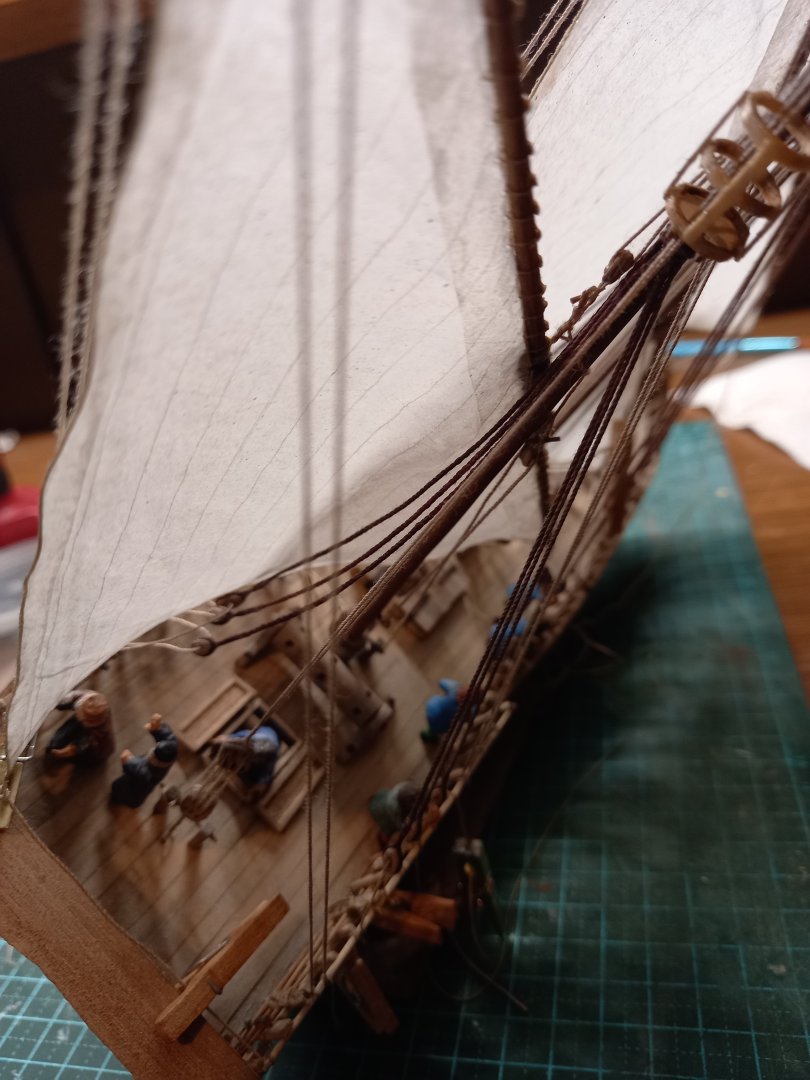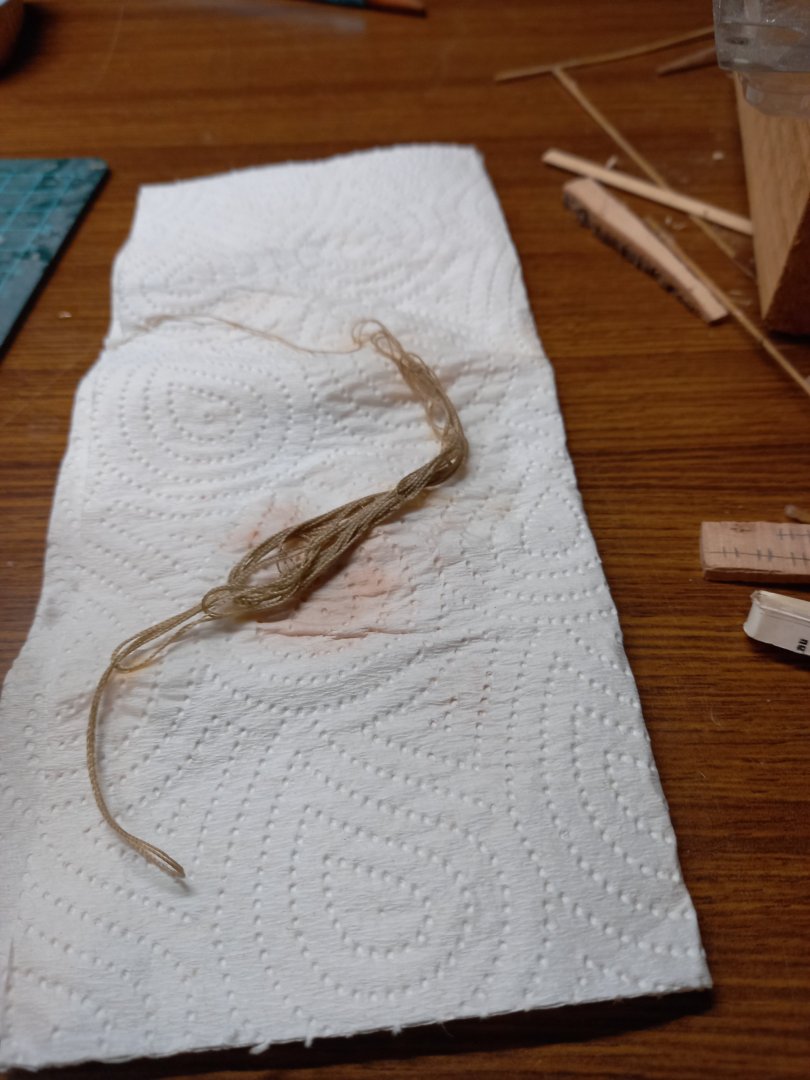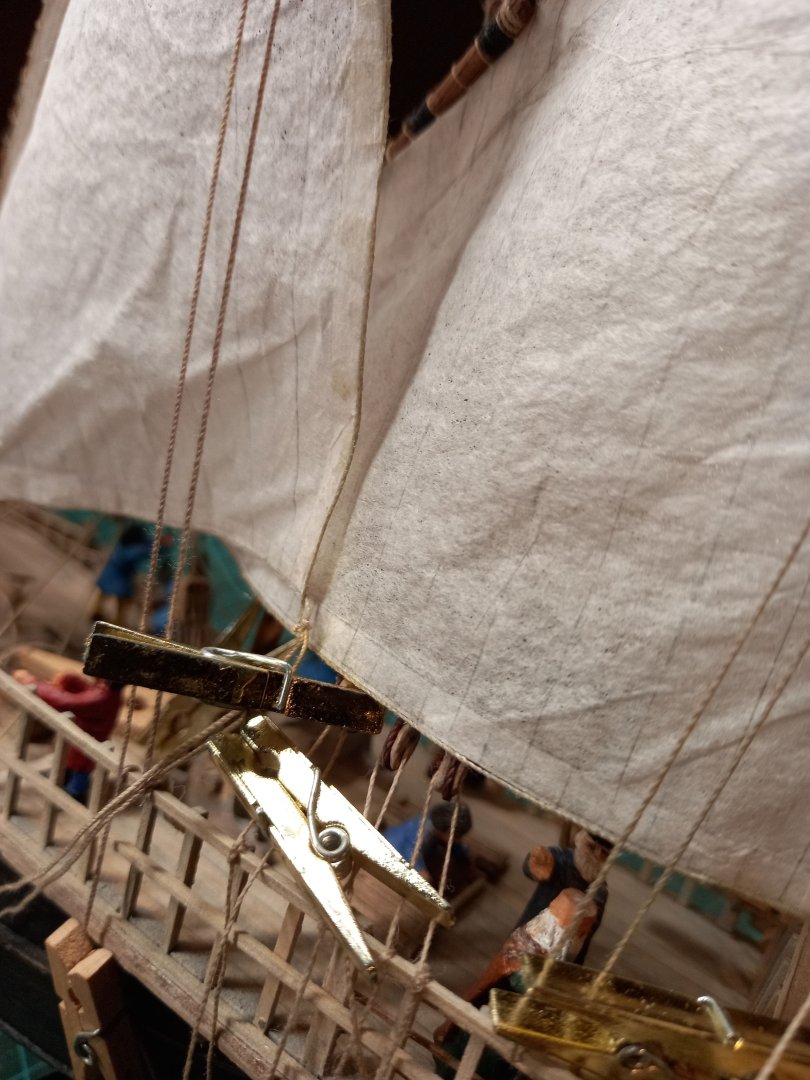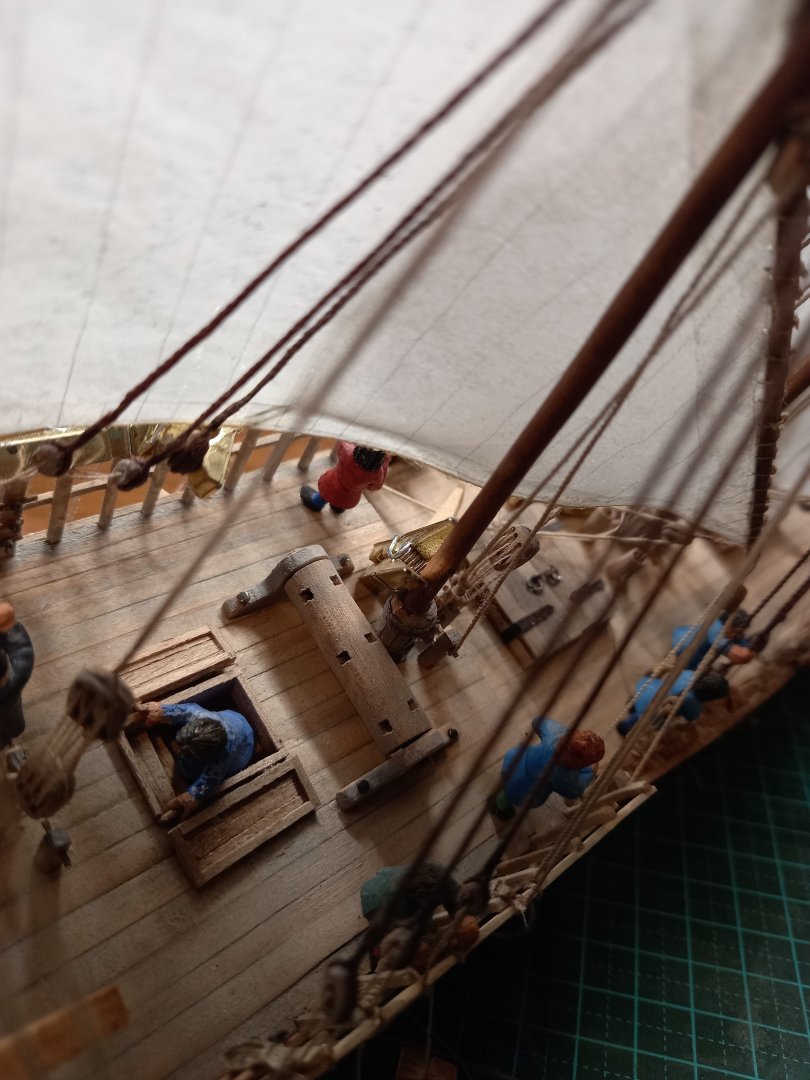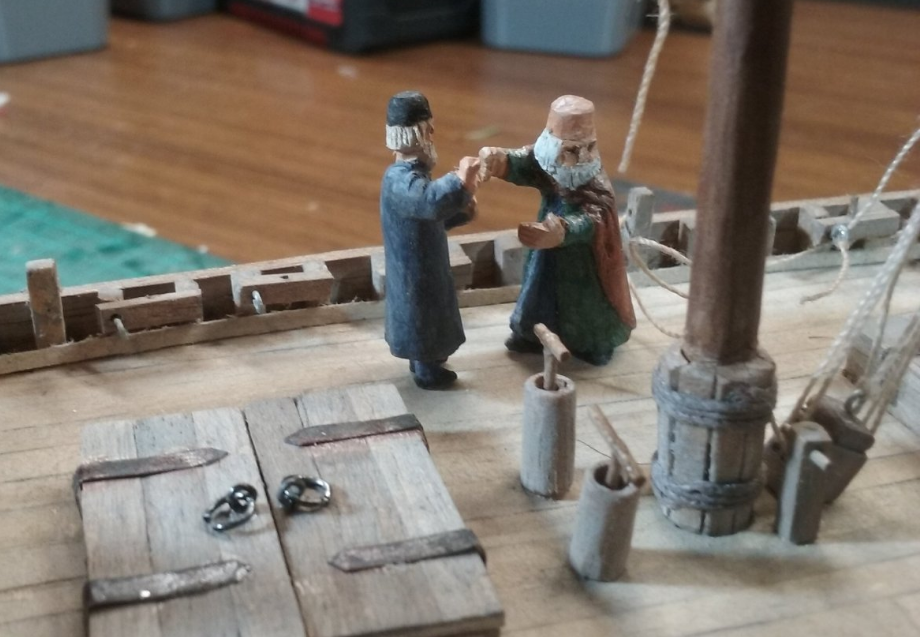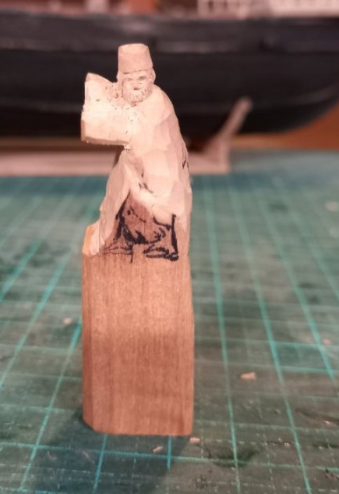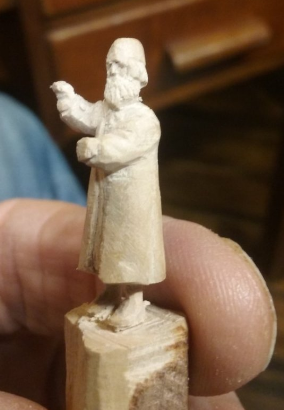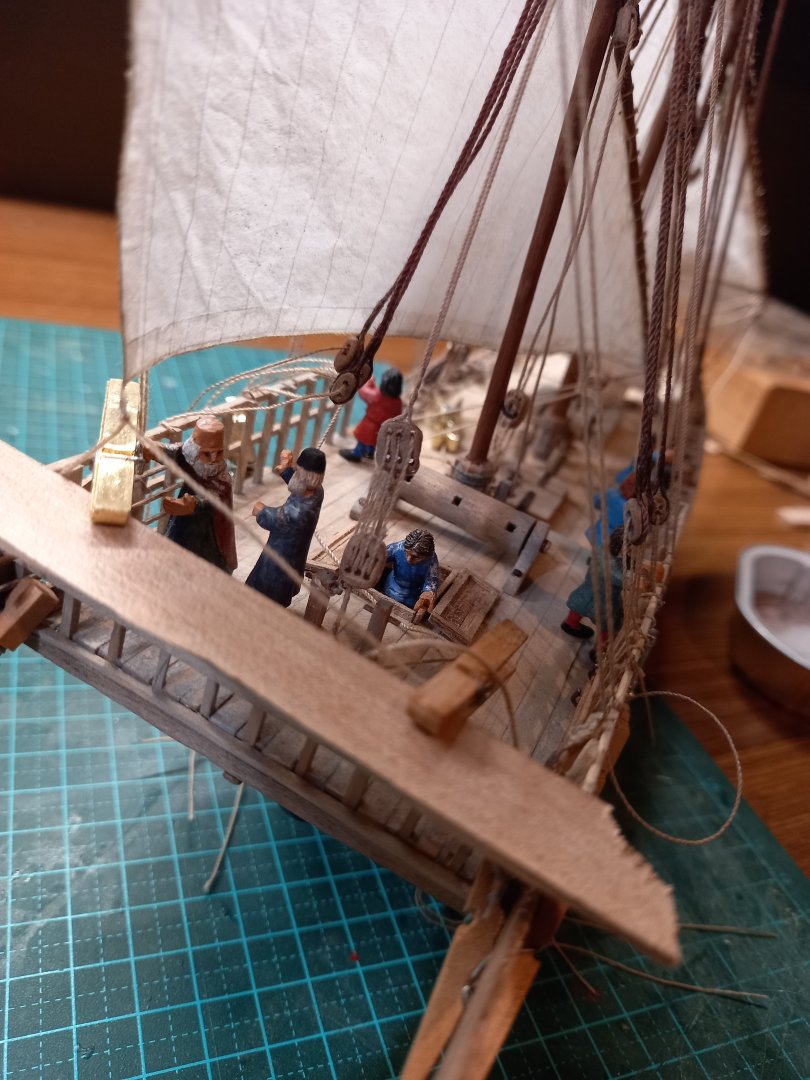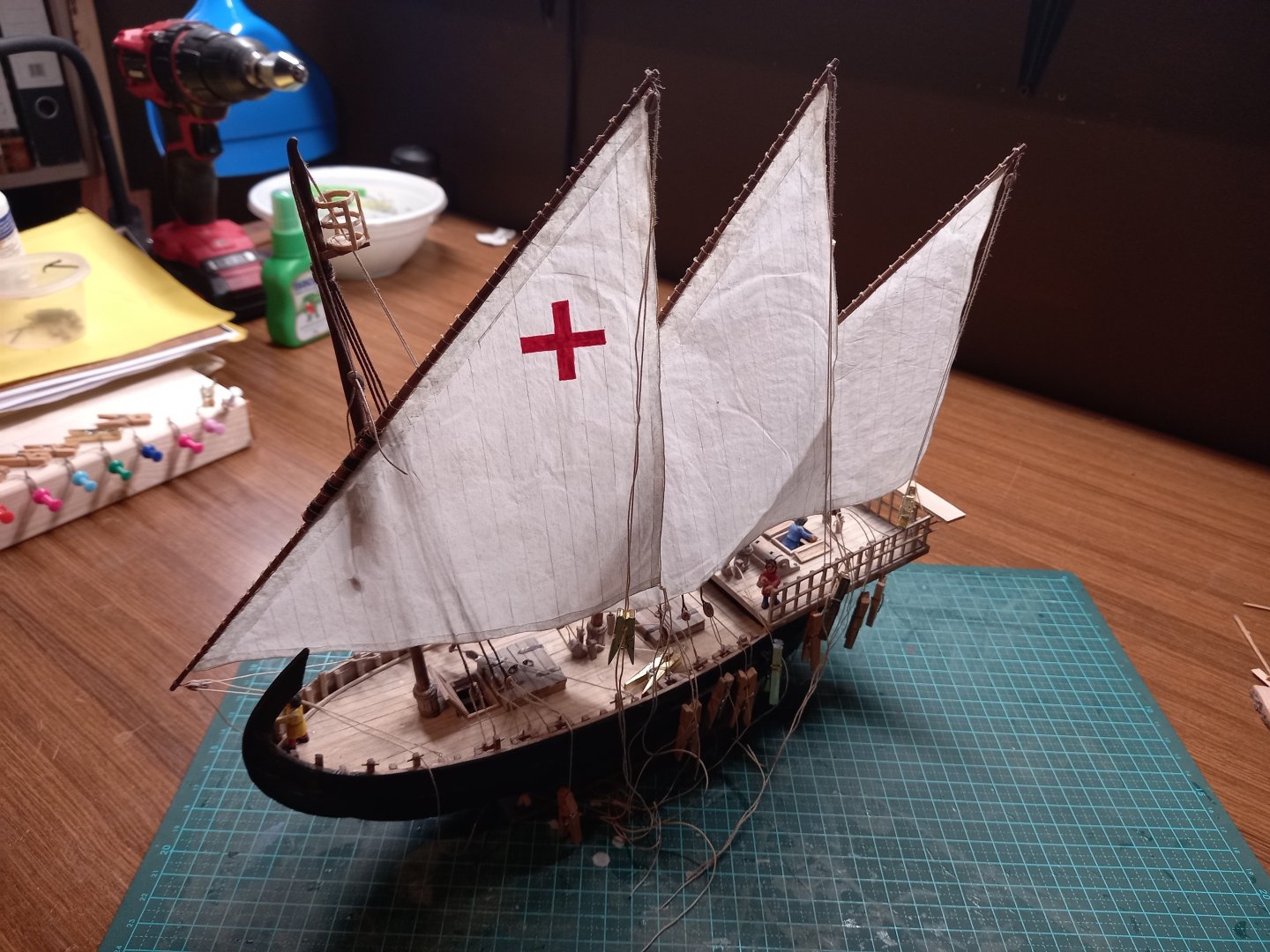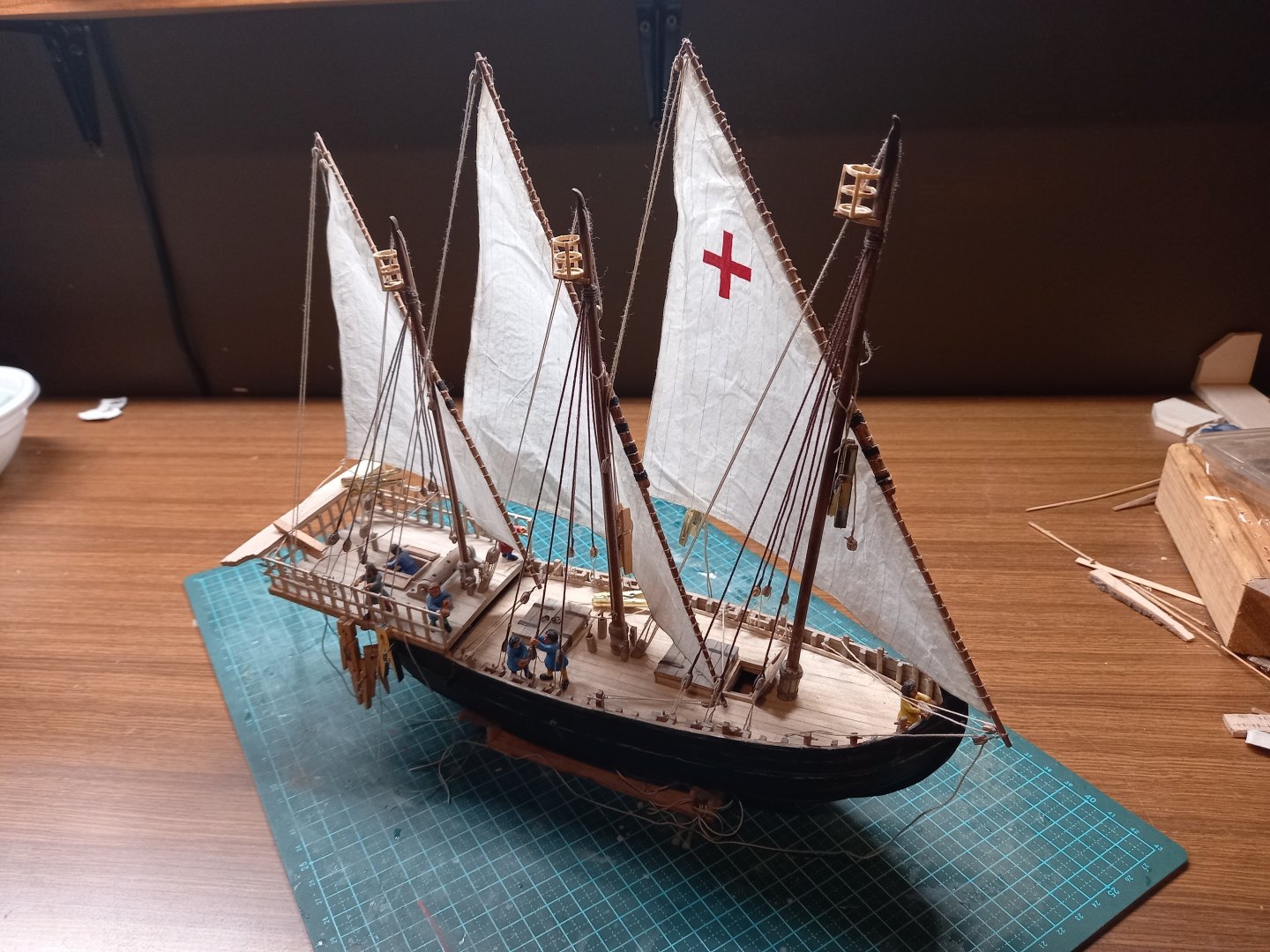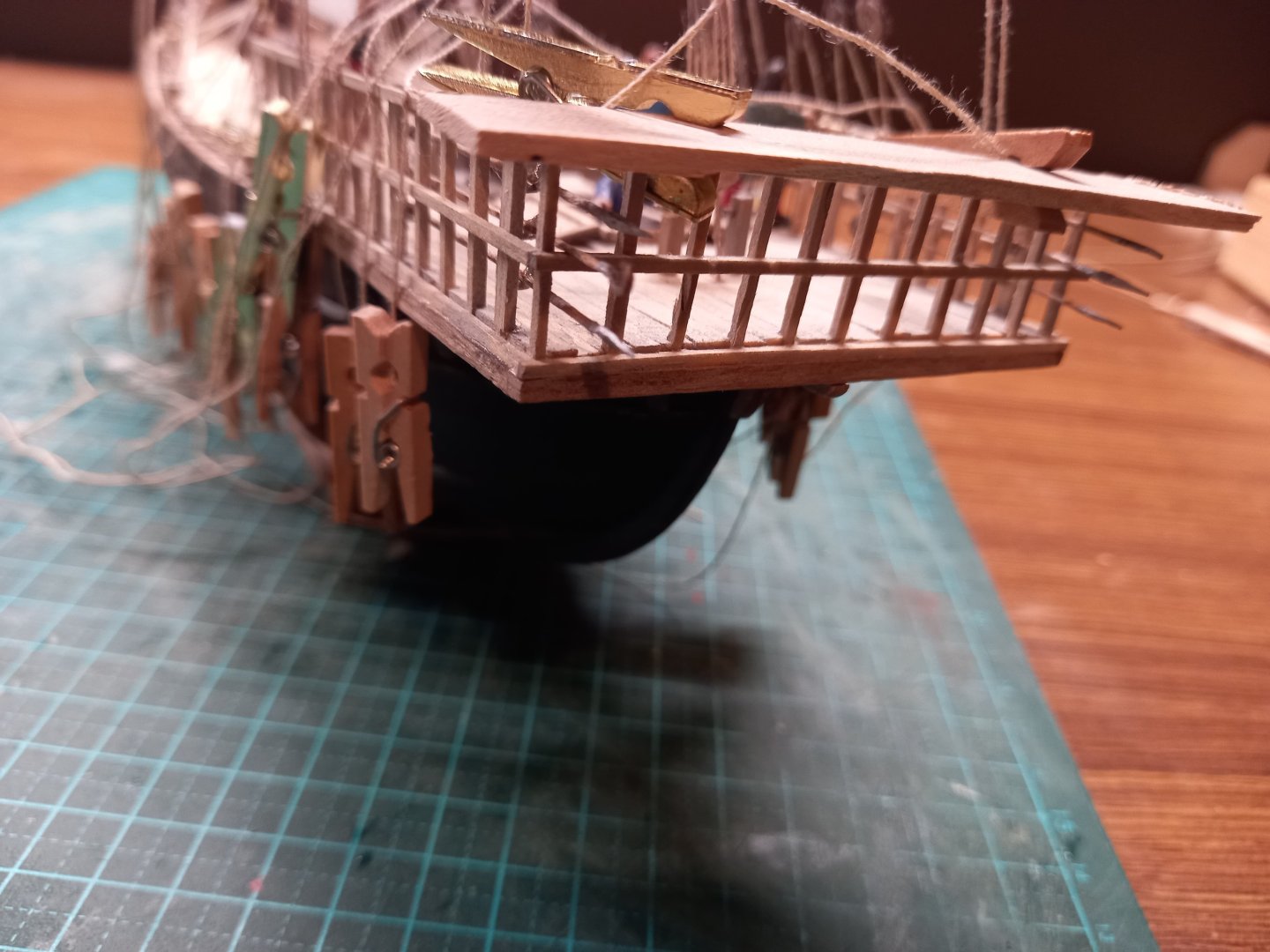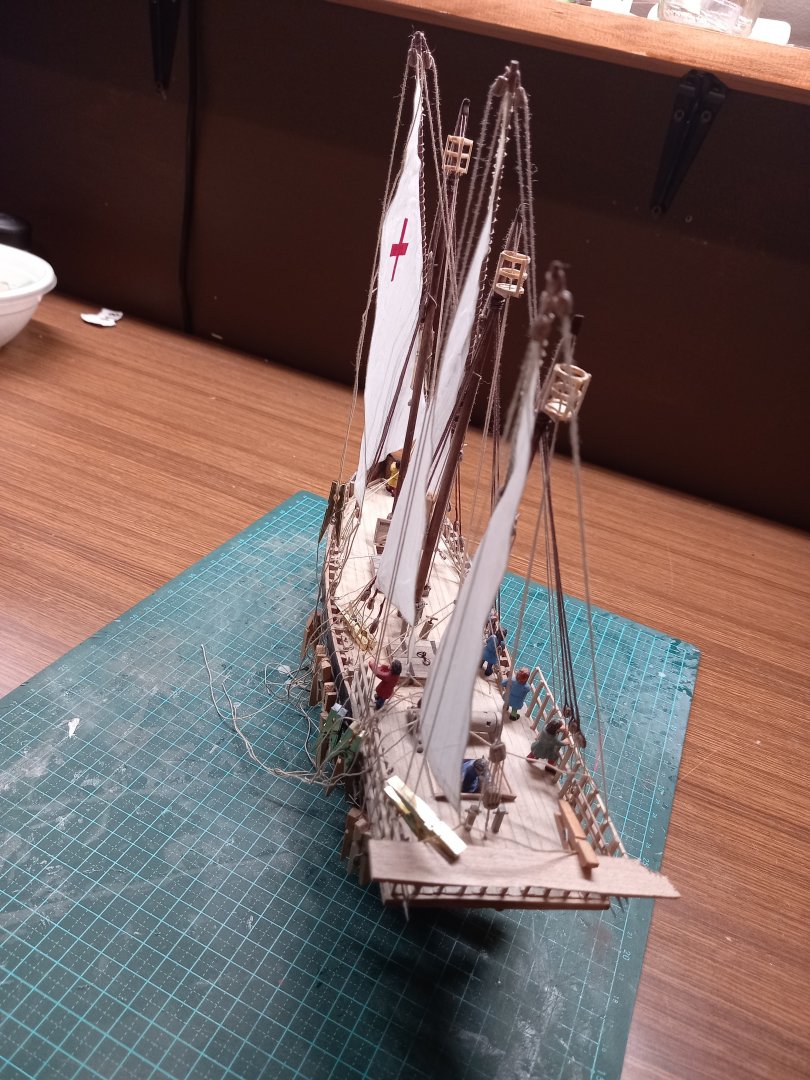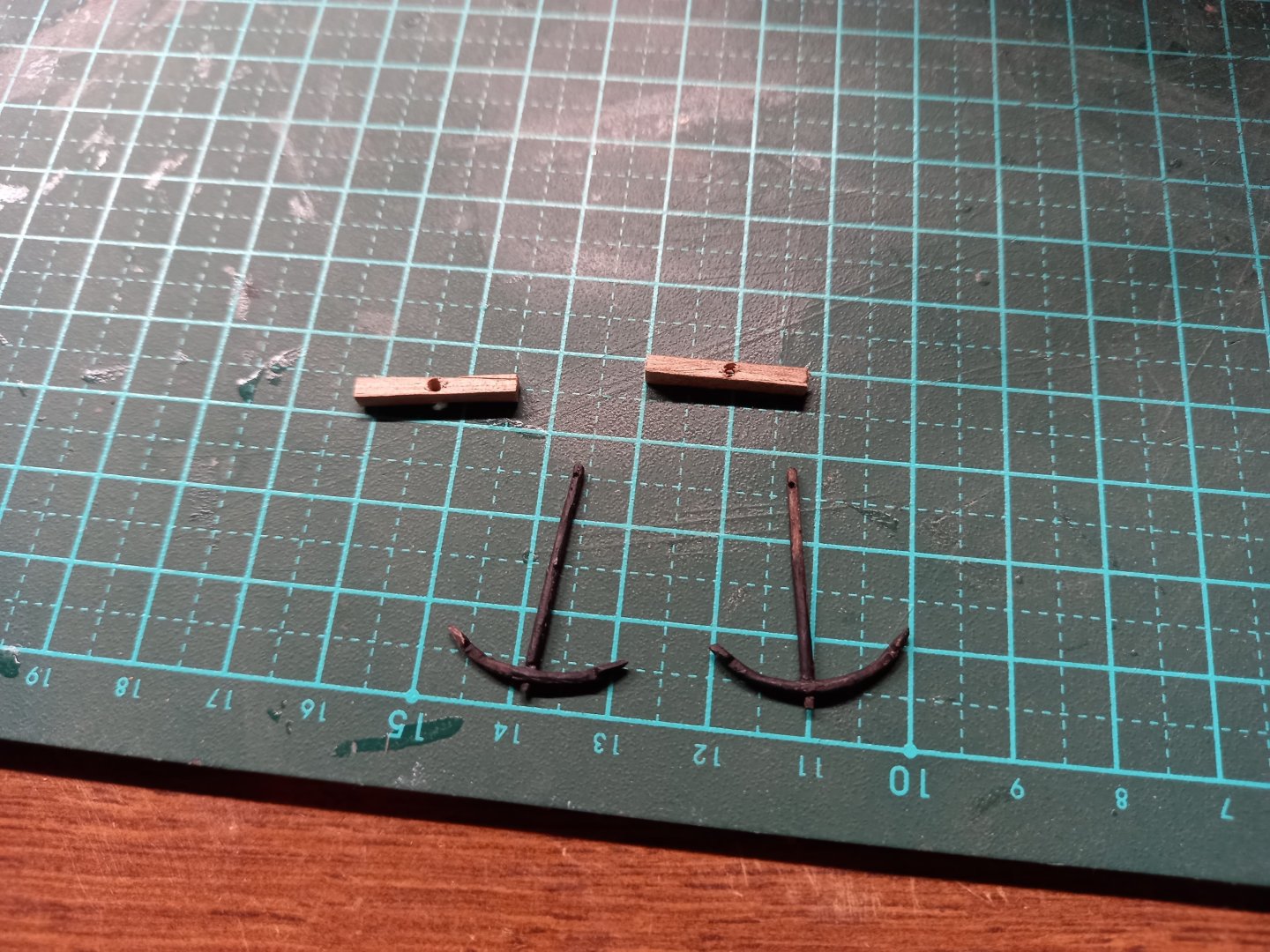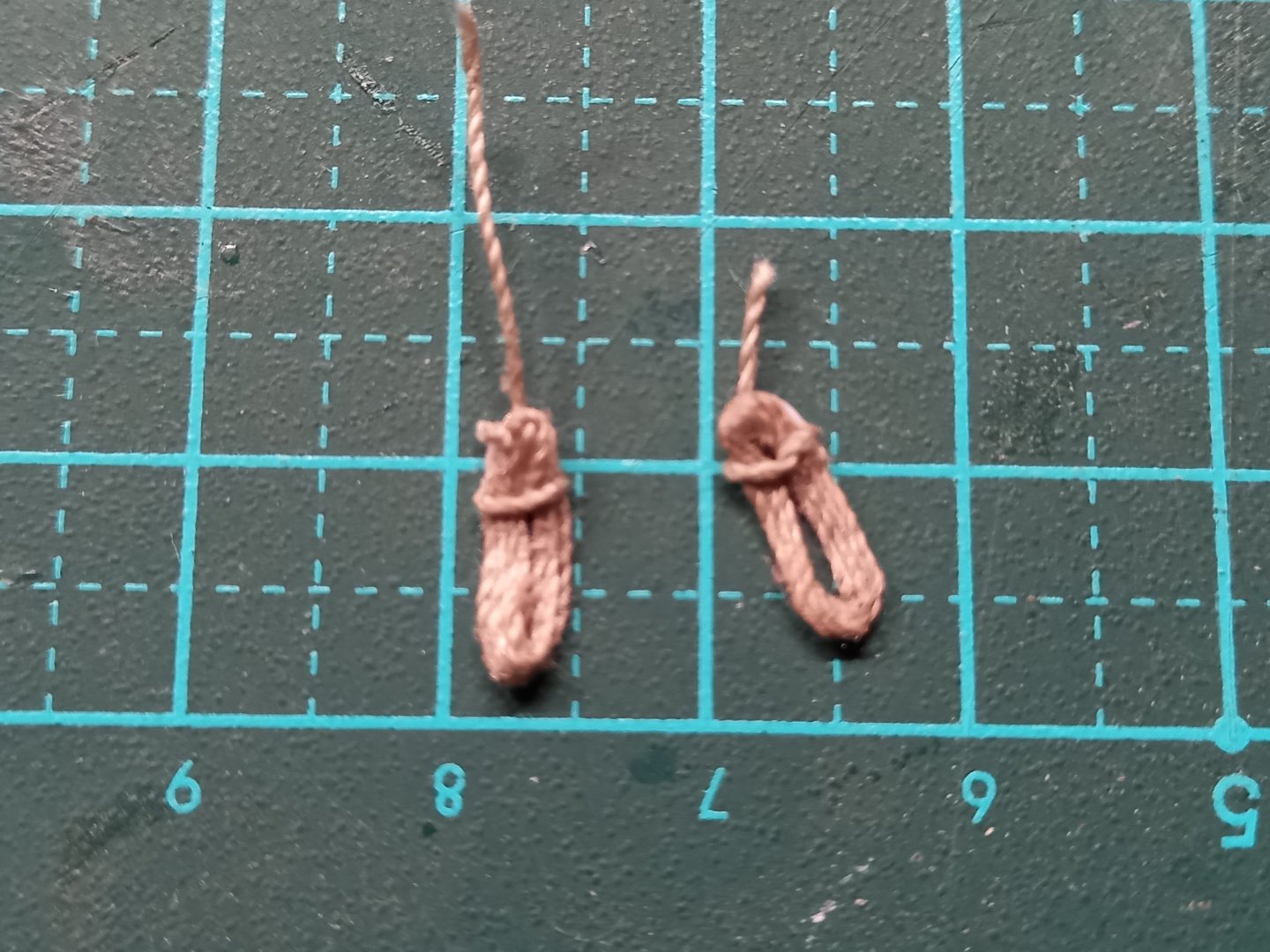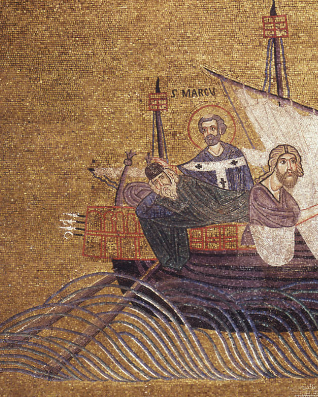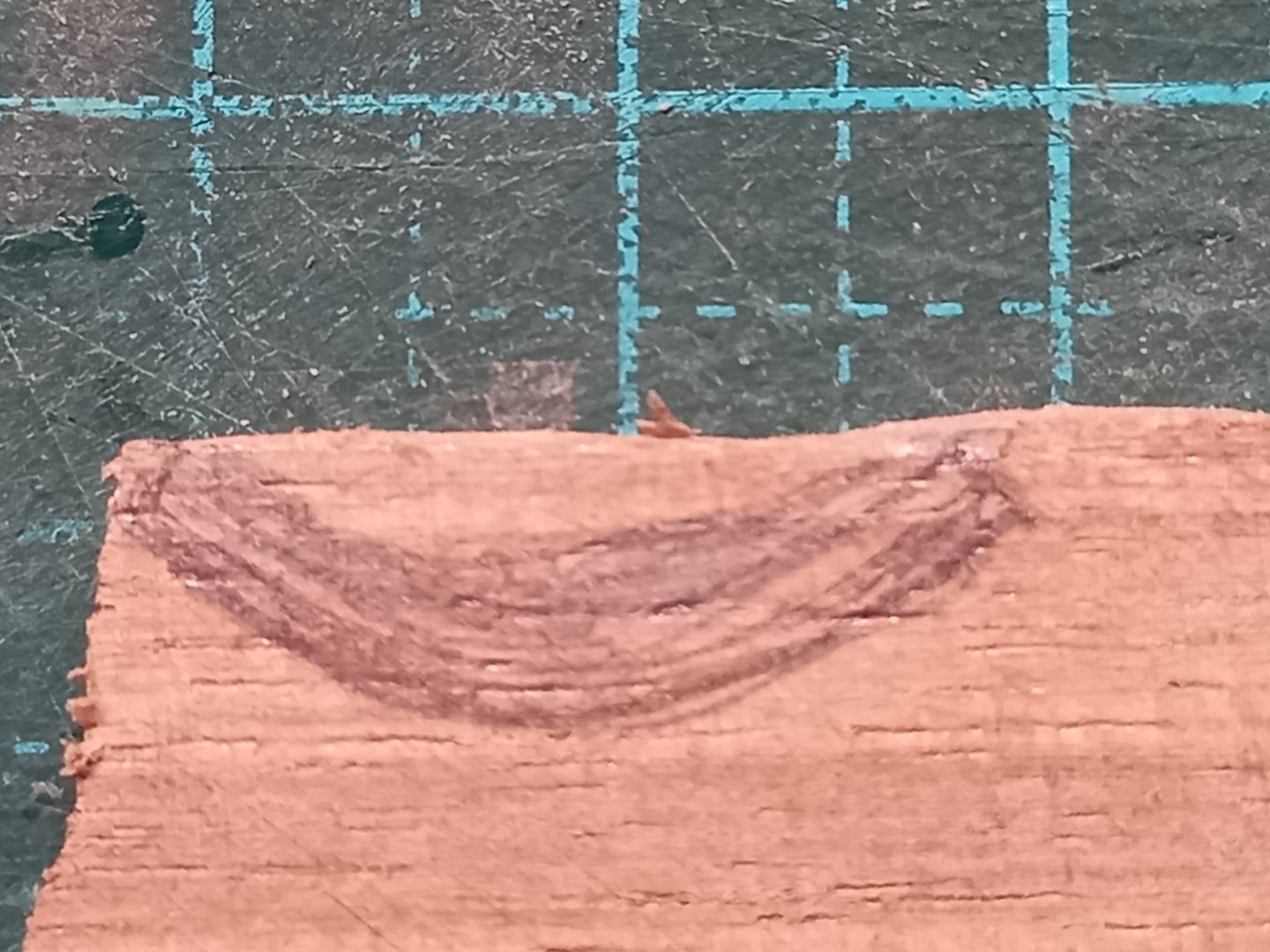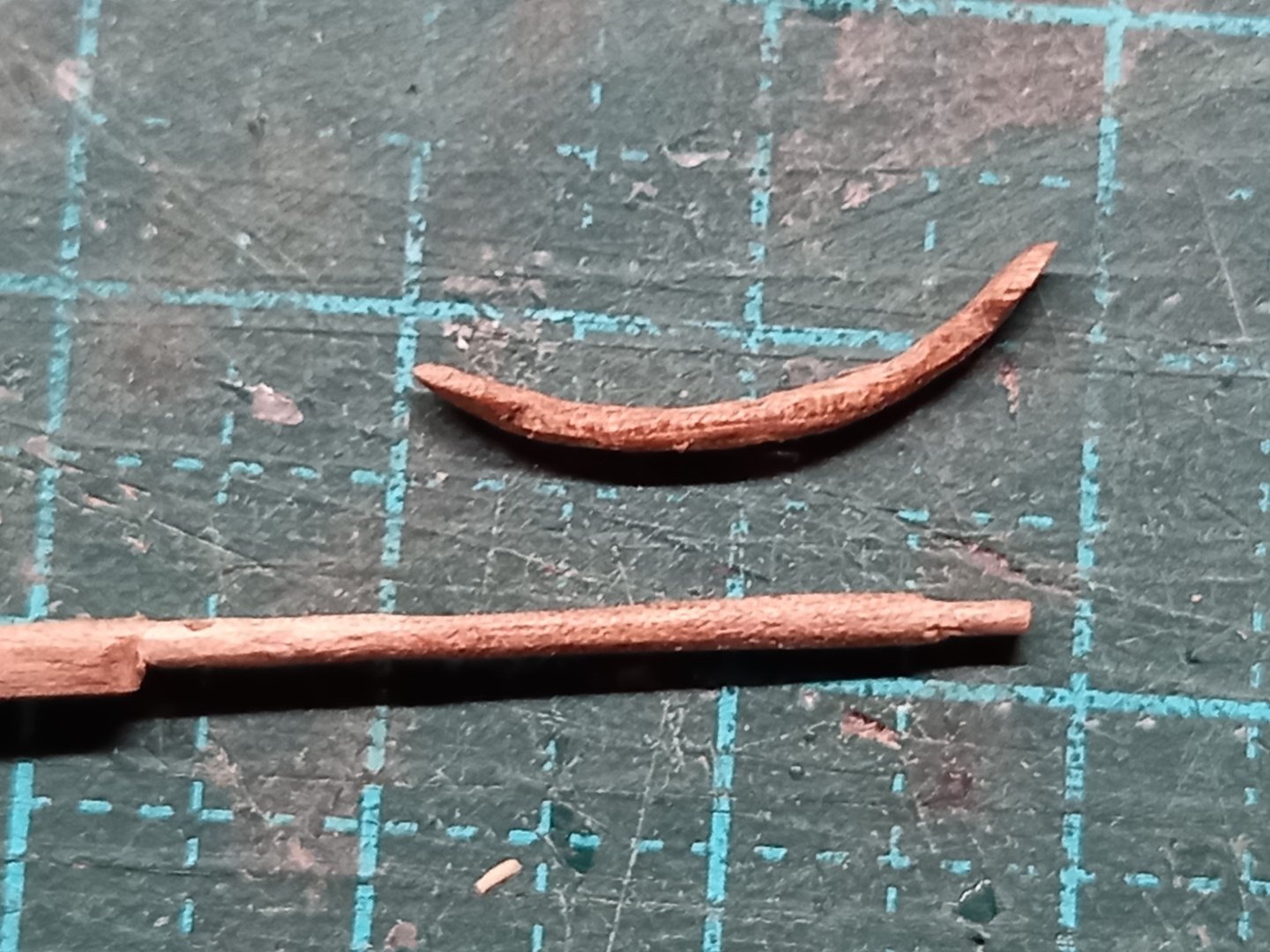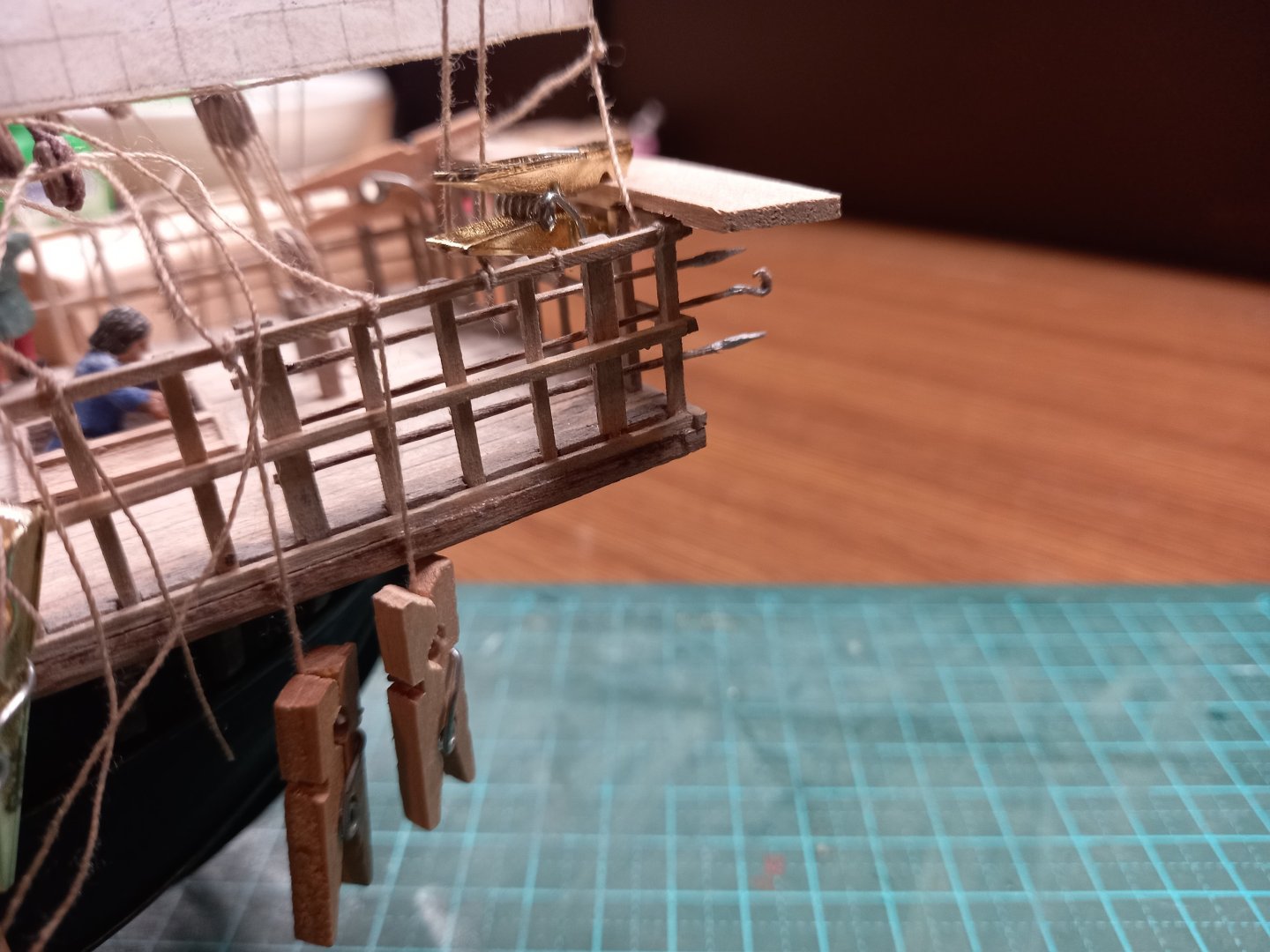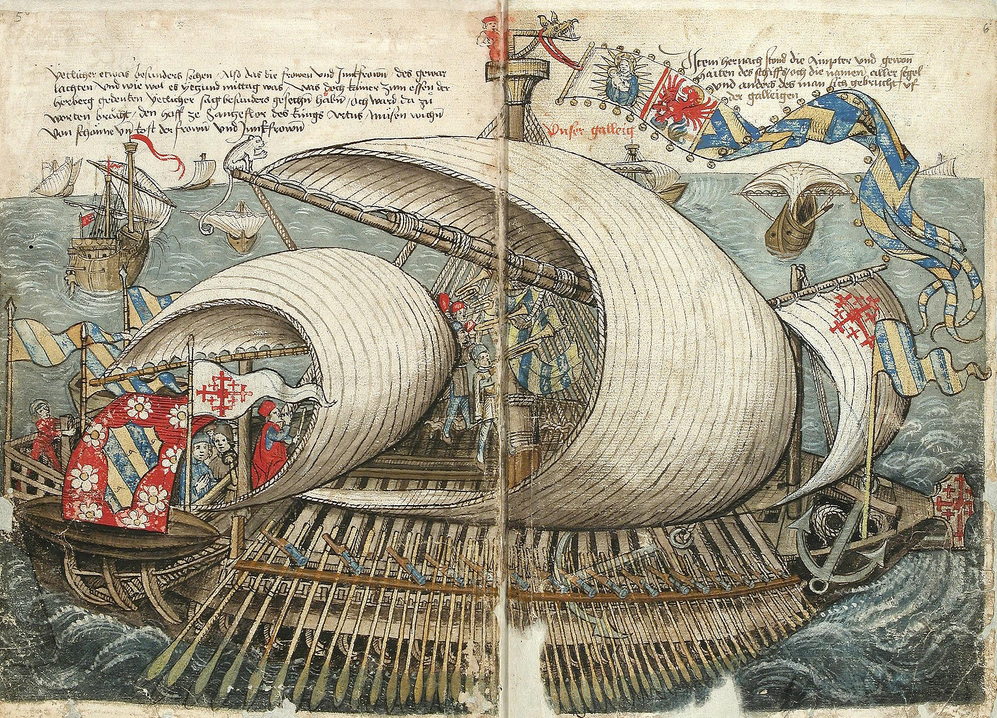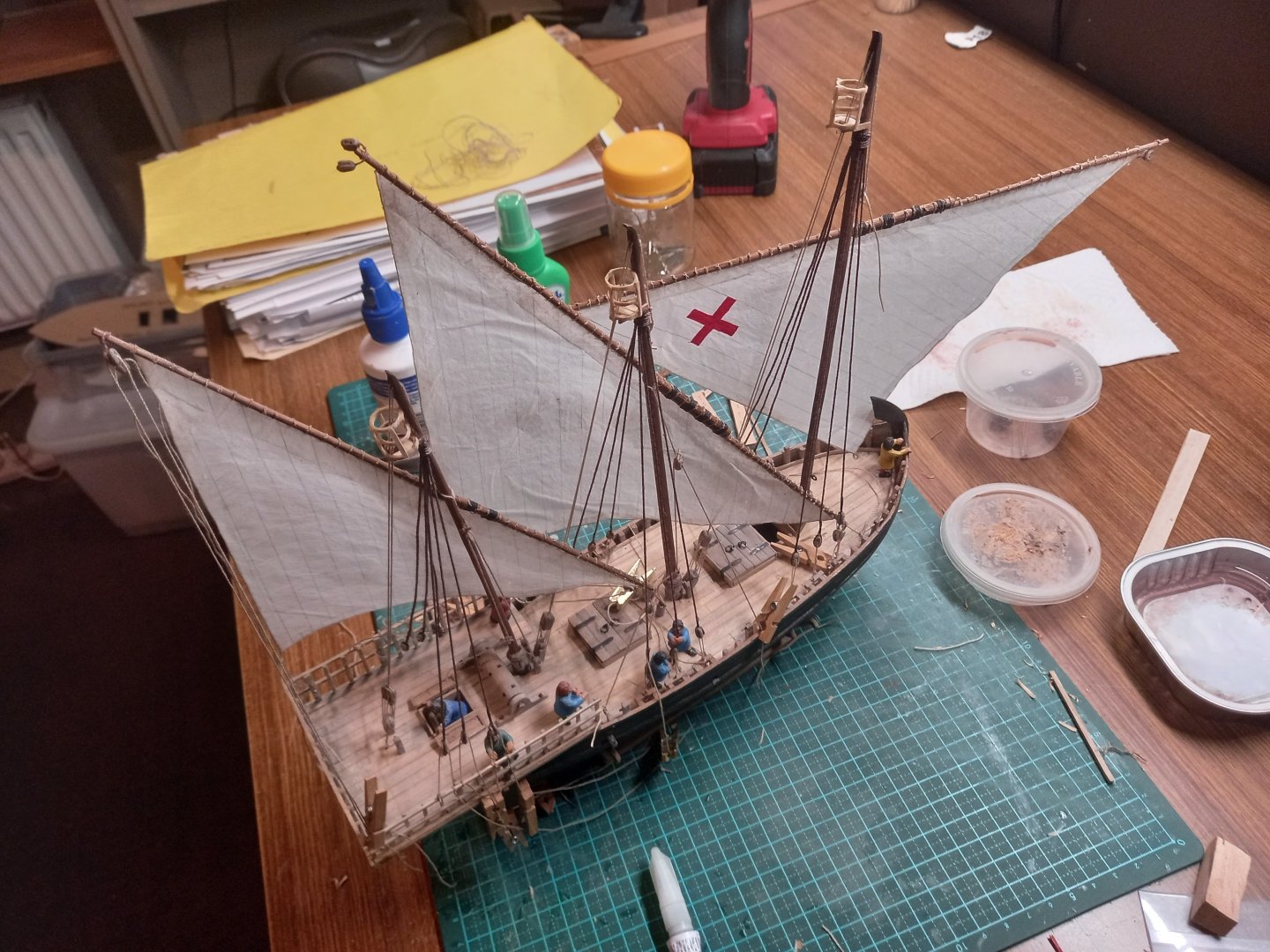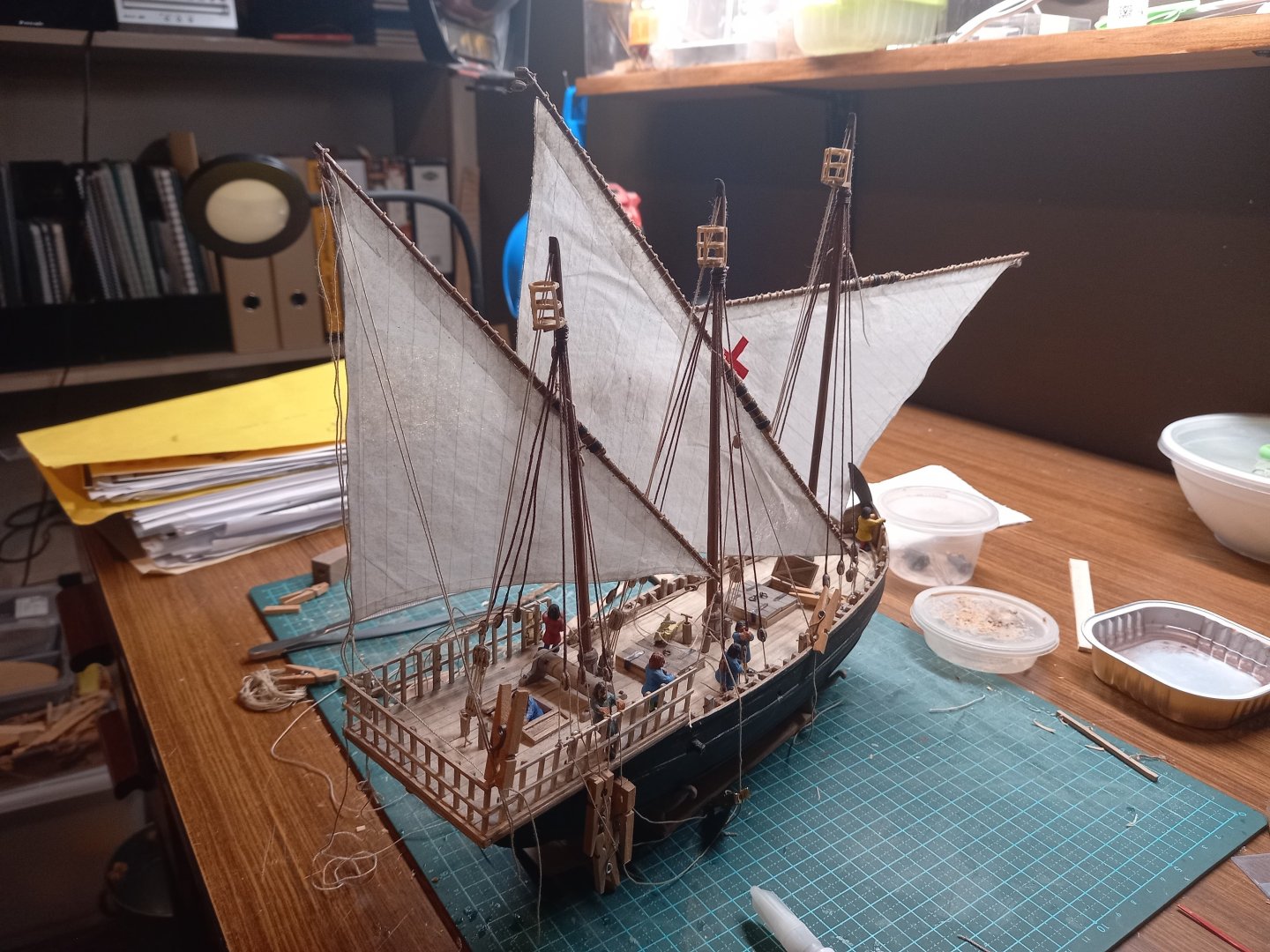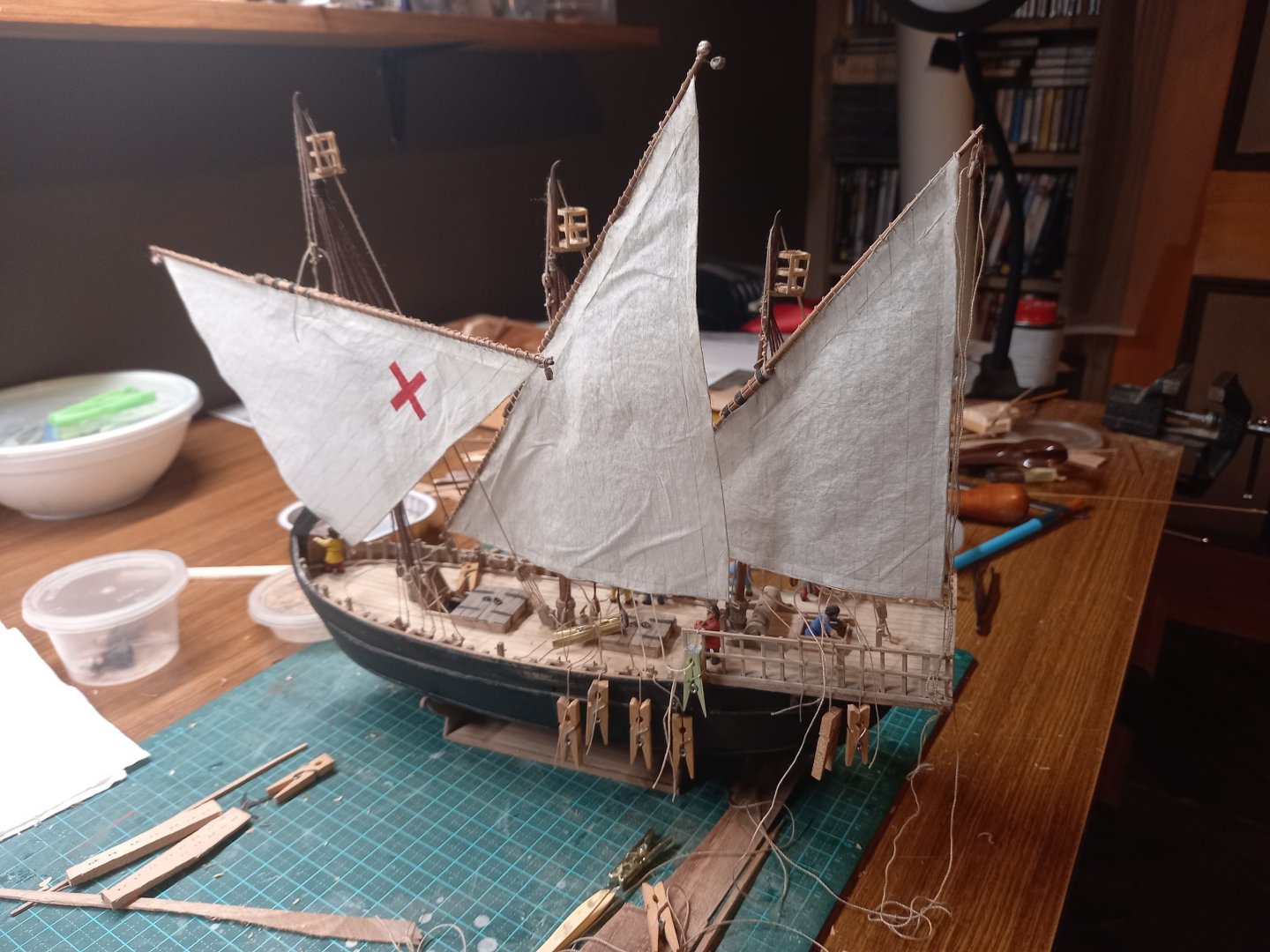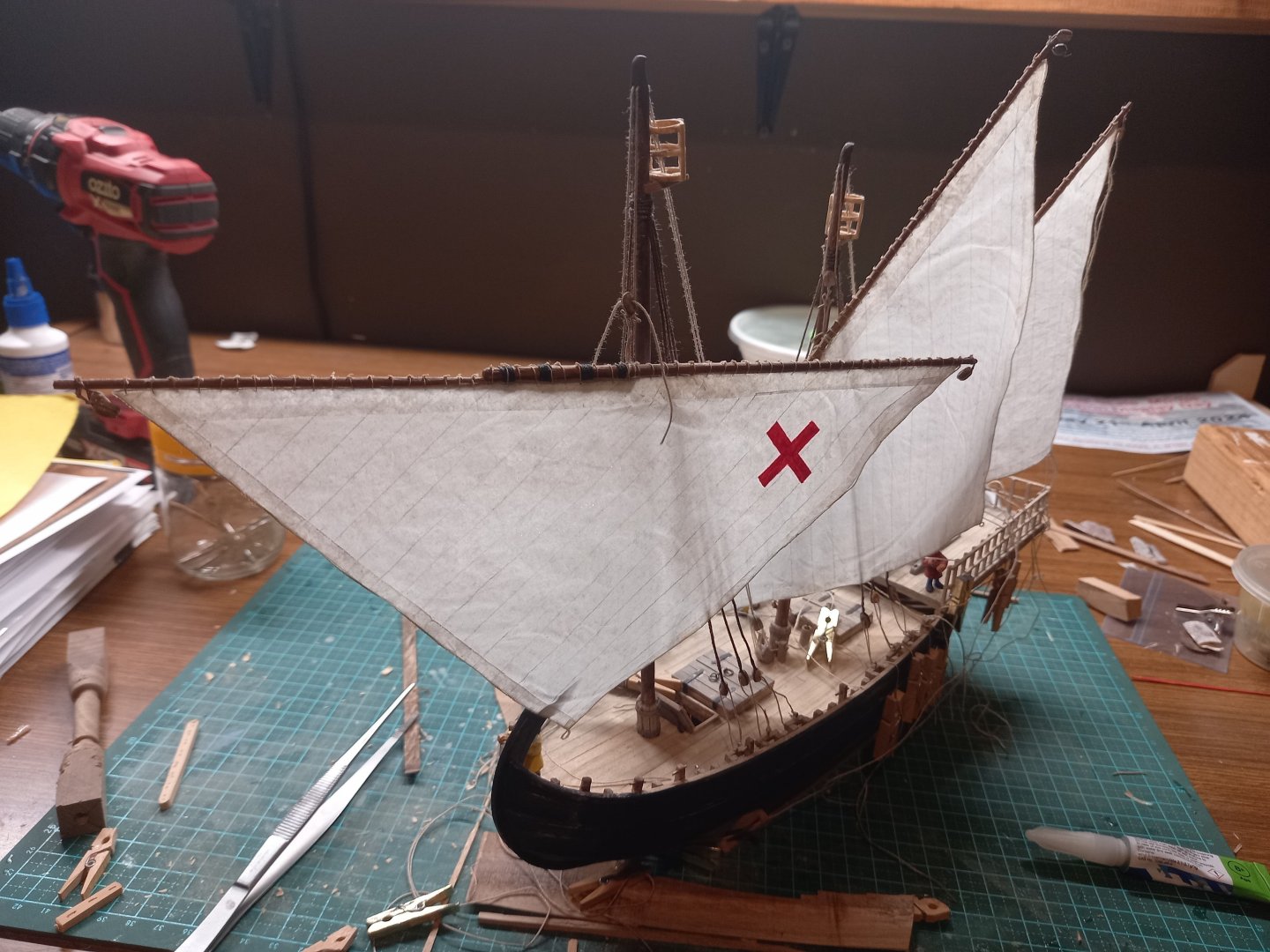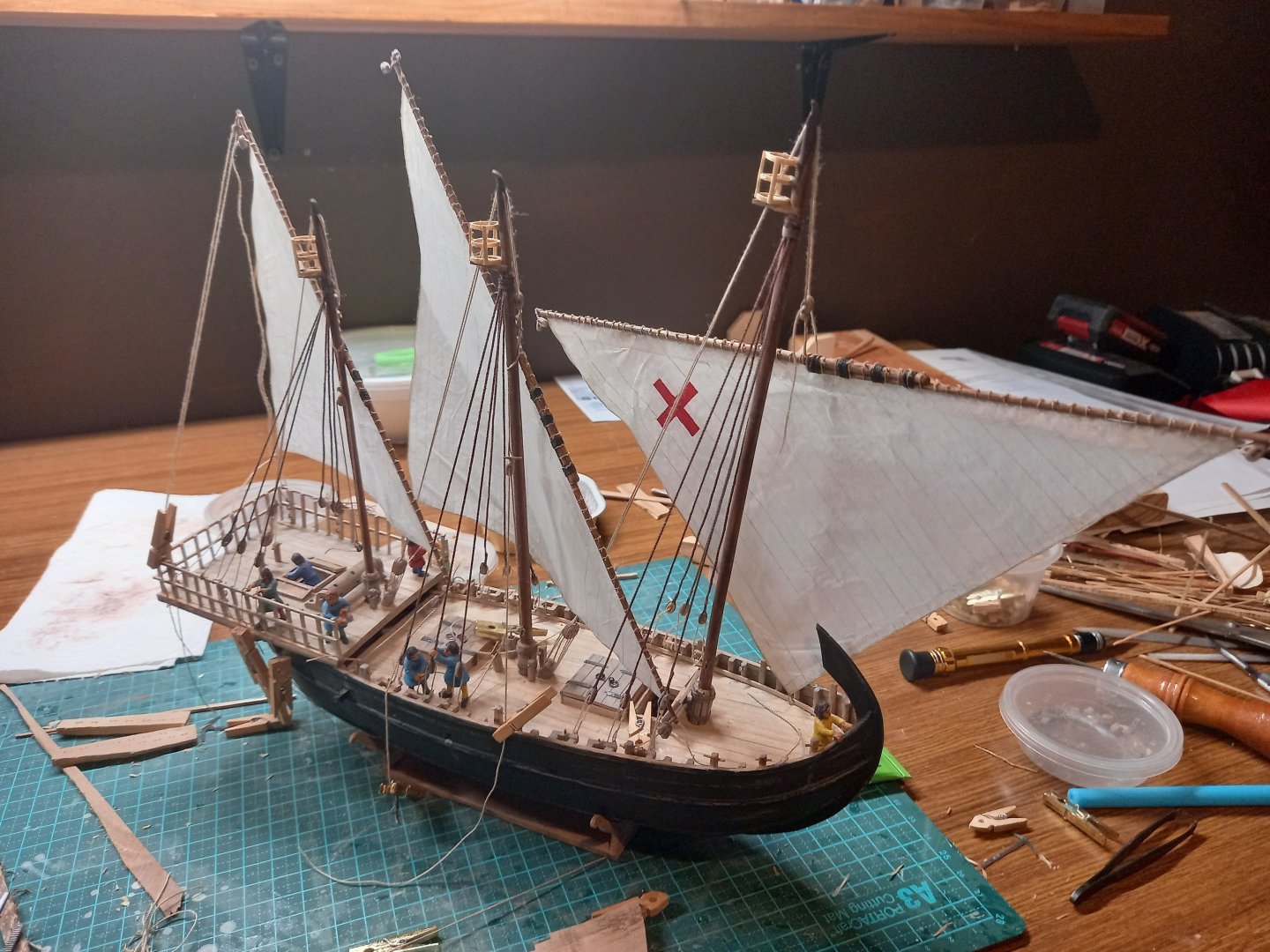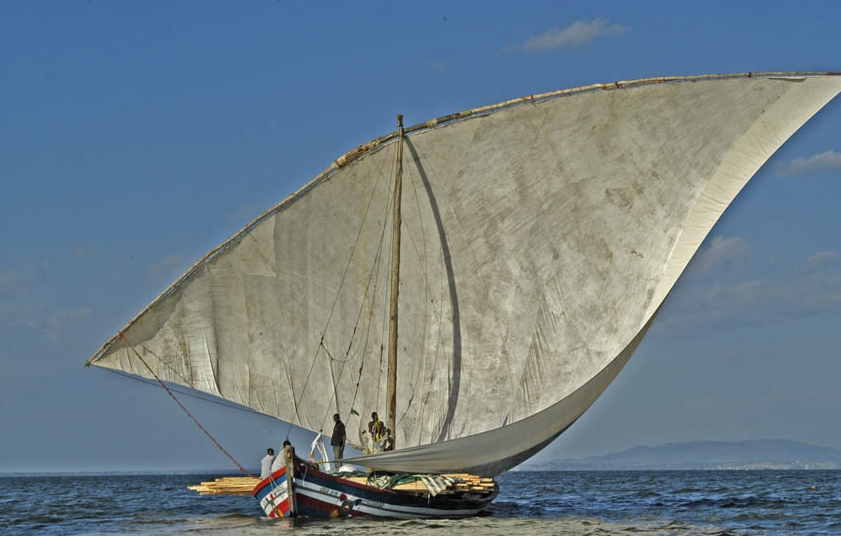-
Posts
7,973 -
Joined
-
Last visited
Content Type
Profiles
Forums
Gallery
Events
Everything posted by Louie da fly
-
This is coming along very nicely. Your skills are improving from one model to the next. Nice work, mate! Steven
- 176 replies
-
- la reale de france
- heller
-
(and 2 more)
Tagged with:
-
You've done a beautiful job of this, mate. Congratulations on a superb model! Steven
- 55 replies
-
- miniature
- Brandenburg State Yacht
-
(and 1 more)
Tagged with:
-
Thanks everyone for the likes and comments - Ian, much obliged (blush). More progress. Starting to run out of tan thread for the tackle, so I dyed some more white thread (soaking it overnight in a mix of green, light brown and dark tan fabric dyes. Works well). As the shrouds on the lee side are loosened off, I needed to give them a nice catenary curve, showing the effect of gravity on a long rope. Not all that easy, because it's not a long rope, it's a short piece of heavy thread, and retains its 'bounce' against gravity. So first I tilted the model to get gravity happening, then used a watercolour paintbrush with a mix of water and PVA (white) glue to soak the shrouds - per advice from a MSW member in n earlier post. This made them hang in a natural-looking curve. Once dry they kept the curve. Next the lanyards for the blocks had to be given a catenary curve as well. Same problem, same solution. Tilted the model sideways, soaked the thread in a water/glue solution and used a tiny clamp (a gold plastic clothes-peg - the one on the left in the photo) to hold the sides of the lanyard to the block so it wouldn't bow out unnaturally, and used another peg (the right-hand one) as a weight to force the lanyard to take a catenary curve. It's just the right amount of weight and did the job nicely. And here it is from the other side - you can just see the jaws of the golden peg around the right-hand block, just below the foot of the sail. This is the first time I've tried using dilute glue to force a catenary curve on ropes. I was very happy with the result.
- 508 replies
-
Ghastly things. I learnt drafting using these and I have nightmare memories of a huge black blob of ink dropping onto an all-but-completed drawing . . . aargh! But maybe that's just me . . . Steven
-
This discussion is such a worthwhile resource! So many good ideas! I have (of course) bookmarked it. Steven
-
I wish I'd seen Tom Lauria's videos before I started working with silkspan. He solves a lot of problems I encountered in using it, and his technique is much more systematic than mine - I felt I was having to re-invent the wheel a lot of the time, and though I'm not too unhappy with my results I feel they would have been far better had I seen the videos first. And some of the tips on this thread have been real eye-openers for me as well. Thanks to everybody who's posted here. It's a great help and I'll be using what I've learned in future builds. Steven
-
And I've added the owners - Rustico is pointing something out, and Buono is saying "I hear what you're saying, but . . . " Steven
- 508 replies
-
Thanks, Peter. Overall I'm happy with the build. There are a few things which on reflection I wish I'd done otherwise, but all ship modelling is a learning process, and I'm happy that my skills and knowledge are steadily improving with each build I do. The golden peg was a real find for me. I chanced across a packet of them in a junk shop in Ararat (about an hour's drive west of Ballarat) and snapped them up immediately. The problem with using clothespegs (and even miniature ones) as clamps is that they're made out of wood. So wood glue sticks them to the model if you're not careful. These pegs are plastic, so the problem doesn't arise. But I do have to scrape the gold paint off the bearing surfaces so it doesn't transfer to the model. Steven
- 508 replies
-
Still working on the rigging. The mizzen is all but complete - just have to add rope coils to the free ends where they're tied off. The fore and 'centre' masts have their rigging under way - halyards and trusses in place, preliminary work done on tacks, vangs/braces and sheets, to get all the yards and sails oriented the same way. Once I'm happy with it all, I'll tie them off, glue them in place and add the coils. Looking back on it, the shrouds for the mizzen should probably have been fixed to the hull itself rather than the rail of the aftercastle, as they're probably a bit too frail to take the forces involved. But I'm too far committed now to pull it all apart and start again. So I'll leave it as it is, and I won't tell if you don't . I've added the pole-arms on the aftercastle which seem to show up on most of the mosaics. But to keep me from carelessly breaking them off, I've put up a temporary barrier across the back of the aftercastle. And I've been working on the anchors. Carved out of walnut - I probably should have used a finer-grained timber, but I think they look pretty good. Not sure if I'm going to stop at two anchors or make more. With the blacksmithing technology of the time, it was impossible to make them very big and heavy, so most ships had quite a few anchors. On the other hand, the extra ones were probably kept below decks when not in use. Steven
- 508 replies
-
Interesting developments in this build. The canot looks very good. As far as where it should be stored, I really don't know, but I do have this picture that may or may not be relevant. This is from Conrad von Grunenburg's illustrated record of his 1487 pilgrimage to the Holy Land and judging by the flag, the ship belongs the the Kingdom of Jerusalem (which no longer really existed in fact, after the Crusaders were ousted from Jerusalem in the late 13th century but still maintained a Kingdom in Exile for a long time afterward, based, IIRC, in Cyprus. I don't know how much credence should be given this (sole) picture of a canot lashed to the starboard quarter of a galley - after all, it has some other details I find hard to believe, such as those swivel guns mounted above the oars (how would you use them? Wouldn't they get in the way?) and an anchor which appears to be fouling quite a number of oars. Your idea with the chains sounds good. I've hit a similar problem with my San Marco ship - basically didn't think of the forces involved until too late - but I'd already committed myself and I wasn't prepared to rip everything off and start again. Nobody but a ship modeller will spot the problem, and if you don't tell anyone, I won't either Steven
- 176 replies
-
- la reale de france
- heller
-
(and 2 more)
Tagged with:
-

Another swabbie build, however inexperienced!
Louie da fly replied to flyenrw's topic in New member Introductions
Welcome to MSW. Make sure you start a build log for your Lady Nelson. Instructions for starting your log are here: It's the best way to get help and advice as you proceed with your build, and we get to see another ship model under construction! Steven -
Who knows? So little survives we only know it had a stempost, at least one floor timber and some clinker planking . . . But the stempost (assuming that's what it is) would do away with it being a hulc in the academically accepted sense. Steven
-
Lee-boards in English. Used on Thames barges, Humber keels and other shallow-draft vessels. See #19.01 in the video below, and https://en.wikipedia.org/wiki/Leeboard (Many thanks to Liteflight for this video). Steven
- 55 replies
-
- miniature
- Brandenburg State Yacht
-
(and 1 more)
Tagged with:
-

Mediaeval Shipwreck found in England
Louie da fly replied to Louie da fly's topic in Nautical/Naval History
The paper also mentions two other wrecks from about the same time - Magor Pills in Wales (archaeological report 1999) and Kalverev Syd (2022).Both are very fragmentary, as far as I've been able to make out, and both are smaller than this one. That being the case, they may be too small to be categorised as nefs - we just don't know,as we don't know for sure this one is a nef. Part of that is in the definition - does it have to have castles to be a nef, or are we just talking about a double-ended clinker-built ship? And of course we don't even know for sure that it's double-ended - though the stempost has been found, the sternpost hasn't. Steven -
I just came across this paper, about a merchant ship from about 1250 AD. https://www.cambridge.org/core/journals/antiquity/article/mortar-wreck-a-midthirteenthcentury-ship-wrecked-off-studland-bay-dorset-carrying-a-cargo-of-purbeck-stone/3DCA5959D7C694C95EF788903A7BB383 Unfortunately, not much of it has survived, but they found the stempost and a floor timber and some clinker planking - enough to get a fair idea of its construction and its size and shape. On board it had a cargo of 'Purbeck stone' - which was very commonly used in church building at the time. Imagine trying to transport all that stone over the roads of the time - no wonder it was being carried on a ship. A nice bit of evidence of the maritime trade of the period, as well as some pleasing confirmation of several of my decisions in my Winchelsea nef build. Steven
-
Just found this article - a wreck of a merchant ship in England from c.1250, only 24 years before my nef. https://www.cambridge.org/core/journals/antiquity/article/mortar-wreck-a-midthirteenthcentury-ship-wrecked-off-studland-bay-dorset-carrying-a-cargo-of-purbeck-stone/3DCA5959D7C694C95EF788903A7BB383 The length and beam tie in with mine very closely, but the radius of the stempost is considerably wider than mine, indicating that the bow (and presumably the stern) was a different shape. But that's to be expected within the expected variation. Pretty cool. Steven
-
Thanks for all the likes and the nice comments. I'm now rather regretting a decision I made early on in the design. Though the foremast is taller and heavier than the 'centre' mast, as is common with mediaeval Mediterranean lateeners, I made the yards and sails for the two masts the same size. And now the foresail looks a bit too small and too high above the hull. But I'm not prepared at this late stage to re-make the yard and sail all over again. Instead I'll be hoisting it somewhat lower than the centre yard - that looks ok and I'll treat it as a learning experience for the next mediaeval lateener (I do intend to make at least one more some time in the future). Steven
- 508 replies
-
Working on the lateens. Discovered I hadn't allowed for enough belaying points, so I had to add some eyebolts at the sides to take the standing ends of tacks and vangs/braces, and on the masts for the trusses. And belay the leading ends to the bitts. I haven't permanently belayed anything yet - first I have to make sure all the forces balance so the ropes are all taut where they need to be. Note that the point of balance for the foresail (and the central sail, if it comes to that) doesn't result in the sail hanging in the conventional "angled yard" configuration. That will be handled by judicious use of the controlling ropes - vangs/braces, tacks and sheets. But interestingly (as I discovered to my surprise) having the yard horizontal is totally ok for a lateener - quite a common configuration when running before the wind. There are currently some unwanted wrinkles in the sails. This is my first attempt at using silkspan and I'm learning as I go. I'm hoping that if I damp the sails down and let them dry again with a bit of help in shaping, the wrinkles will vanish, or at least lessen. My lovely and beloved wife, on the other hand, thinks they add to the verisimiltude of the model (it is, after all, supposed to be a somewhat shabby merchant ship, a mediaeval equivalent to a tramp steamer), so I'm a bit torn as to whether I should fix it at all. By the way, please excuse the messy table - that's just the way I work (and I'm certainly not going to tidy up just for a work-in-progress photo). Steven
- 508 replies
-
Looking very good, mate. I seem to have forgotten that this was at 1:200 - I'm even more impressed! Steven
- 55 replies
-
- miniature
- Brandenburg State Yacht
-
(and 1 more)
Tagged with:
About us
Modelshipworld - Advancing Ship Modeling through Research
SSL Secured
Your security is important for us so this Website is SSL-Secured
NRG Mailing Address
Nautical Research Guild
237 South Lincoln Street
Westmont IL, 60559-1917
Model Ship World ® and the MSW logo are Registered Trademarks, and belong to the Nautical Research Guild (United States Patent and Trademark Office: No. 6,929,264 & No. 6,929,274, registered Dec. 20, 2022)
Helpful Links
About the NRG
If you enjoy building ship models that are historically accurate as well as beautiful, then The Nautical Research Guild (NRG) is just right for you.
The Guild is a non-profit educational organization whose mission is to “Advance Ship Modeling Through Research”. We provide support to our members in their efforts to raise the quality of their model ships.
The Nautical Research Guild has published our world-renowned quarterly magazine, The Nautical Research Journal, since 1955. The pages of the Journal are full of articles by accomplished ship modelers who show you how they create those exquisite details on their models, and by maritime historians who show you the correct details to build. The Journal is available in both print and digital editions. Go to the NRG web site (www.thenrg.org) to download a complimentary digital copy of the Journal. The NRG also publishes plan sets, books and compilations of back issues of the Journal and the former Ships in Scale and Model Ship Builder magazines.




